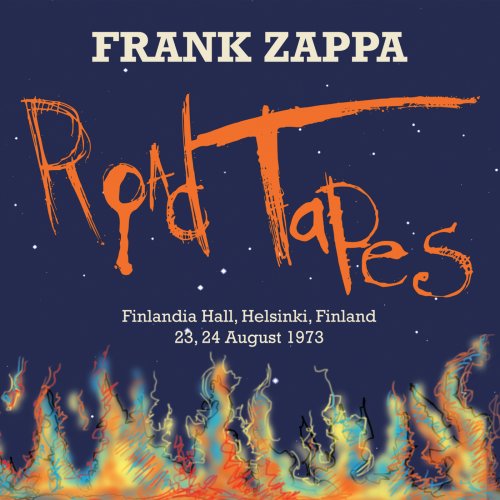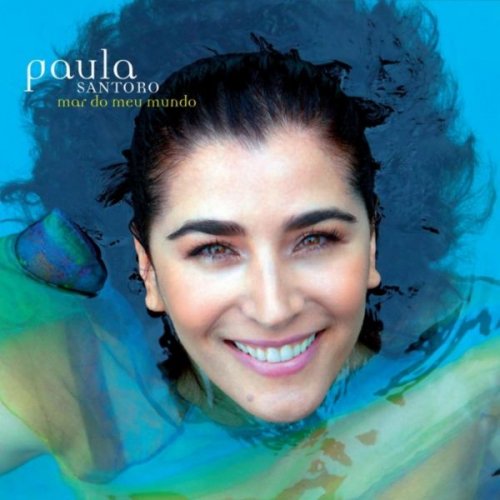Alexis Kossenko, Valeria Kafelnikov, Stephan MacLeod - Mozart: Concertos for flute and orchestra (2022) [Hi-Res]
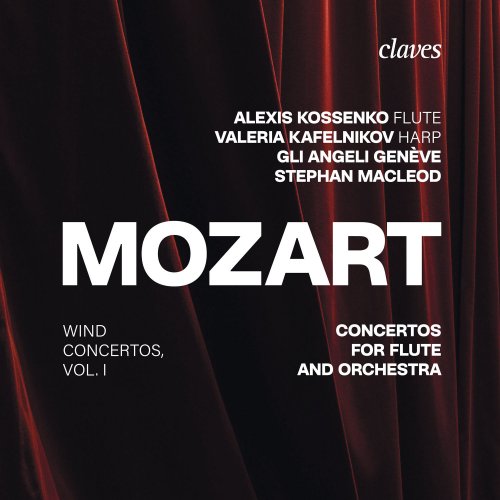
Artist: Alexis Kossenko, Valeria Kafelnikov, Stephan MacLeod
Title: Mozart: Concertos for flute and orchestra
Year Of Release: 2022
Label: Claves Records
Genre: Classical
Quality: flac lossless (tracks) / flac 24bits - 96.0kHz +Booklet
Total Time: 01:19:10
Total Size: 387 mb / 1.39 gb
WebSite: Album Preview
TracklistTitle: Mozart: Concertos for flute and orchestra
Year Of Release: 2022
Label: Claves Records
Genre: Classical
Quality: flac lossless (tracks) / flac 24bits - 96.0kHz +Booklet
Total Time: 01:19:10
Total Size: 387 mb / 1.39 gb
WebSite: Album Preview
01. Flute Concerto No. 1 in G Major, K. 313: I. Allegro maestoso
02. Flute Concerto No. 1 in G Major, K. 313: II. Adagio ma non troppo
03. Flute Concerto No. 1 in G Major, K. 313: III. Rondo. Tempo di menuetto
04. Concerto for Flute and Harp in C Major, K. 299: I. Allegro
05. Concerto for Flute and Harp in C Major, K. 299: II. Andantino
06. Concerto for Flute and Harp in C Major, K. 299: III. Rondeau. Allegro
07. Flute Concerto No. 2 in C Major K. 314: I. Allegro aperto
08. Flute Concerto No. 2 in C Major K. 314: II. Adagio ma non troppo
09. Flute Concerto No. 2 in C Major K. 314: III. Rondo. Allegro
10. Andante in C Major, K. 315
![Alexis Kossenko, Valeria Kafelnikov, Stephan MacLeod - Mozart: Concertos for flute and orchestra (2022) [Hi-Res]](https://www.dibpic.com/uploads/posts/2022-10/1665089752_alexis-kossenko-valeria-kafelnikov-mozart-concertos-for-flute-and-orchestra-2022-back.jpg)
If Mozart gave the concerto of his time its ultimate shape, it is because he transferred to it all the characteristics of the opera aria, giving the cantabile – which he often mentions in his correspondence – most significant importance and transforming the vocal virtuosic runs instrumental figurations. The soloist is a character whose rhetoric gives the orchestral material presented in the introduction a deeper, more intimate and more sensitive dimension. This constitutes the raison d’être of the relationship between the individual and the group, between the solos and the tuttis.
Mozart always had in mind the musician for whom the work was written, whether it was an aria or a concerto. He then tailored a suit to measure, as he said (in his piano concertos, he referred to himself, hence the depth and complexity of what is expressed in these works). For a soloist with a virtuoso technique, he would compose highly challenging passages; for someone less assured, he would deliver a more accessible score. Therefore, the last of the four horn concertos written for the famous Joseph Leutgeb is far less demanding than the previous ones since the ageing soloist could no longer play the highest notes. Similarly, the flute part of the Flute and Harp Concerto uses the low notes that were the uniqueness of the instrument used by the Count of Guînes, who commissioned the piece (the notes D flat and C, now found on modern flutes).
The superiority of Mozart’s concertos over those of his contemporaries, including Haydn, lies in the subtle combination of the form’s rigidity and the dramatisation of the musical discourse. Mozart had already experimented with this in the opera seria arias and managed to create tensions and progressions within a static form. Therefore, he did not try to innovate at a formal: his concertos are mostly built on the same pattern. But their content is very rich, and this richness grows according to its development. It largely stems from the composer’s melodic genius, which allowed him to link several characteristic ideas in an organic continuity as if each one flowed from the previous one. It is also due to the fact that the orchestra does not merely accompany the soloist but fully participates in the construction of the musical discourse.
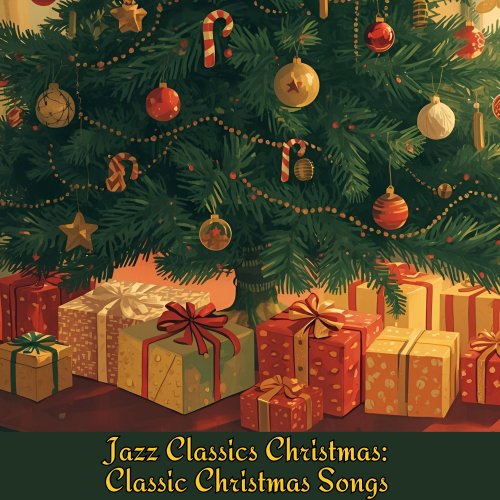
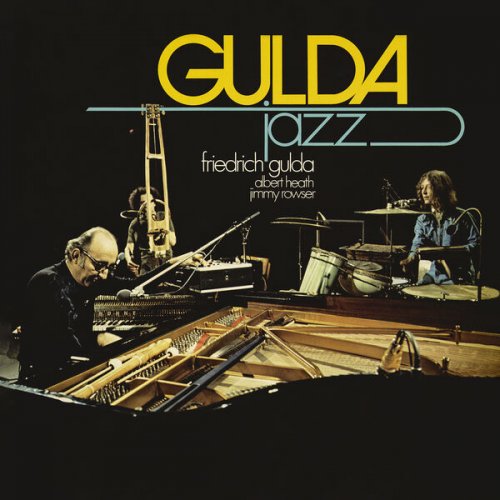
![The Mood Mosaic - Soul Seduction (2025) [Hi-Res] The Mood Mosaic - Soul Seduction (2025) [Hi-Res]](https://www.dibpic.com/uploads/posts/2025-12/1766135288_d5rmbmuwqtmya_600.jpg)
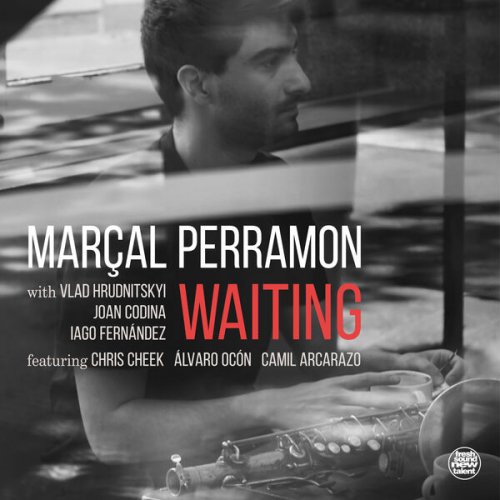
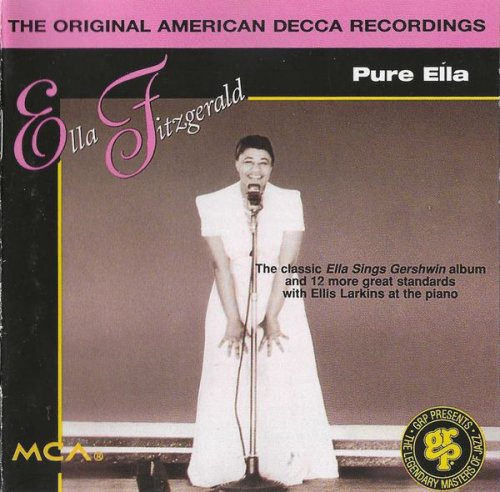
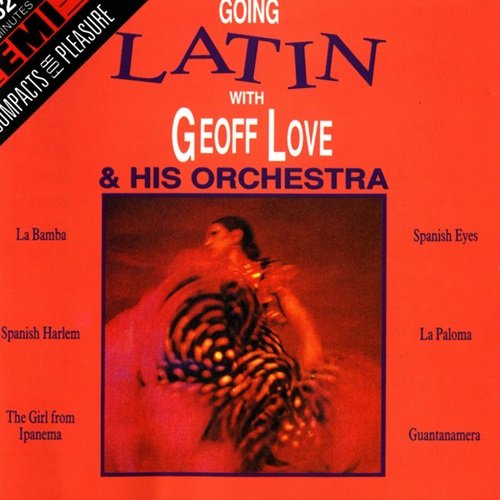
![Sergio Di Finizio - O (2025) [Hi-Res] Sergio Di Finizio - O (2025) [Hi-Res]](https://www.dibpic.com/uploads/posts/2025-12/1766111303_ri3vjk7q73zkc_600.jpg)
